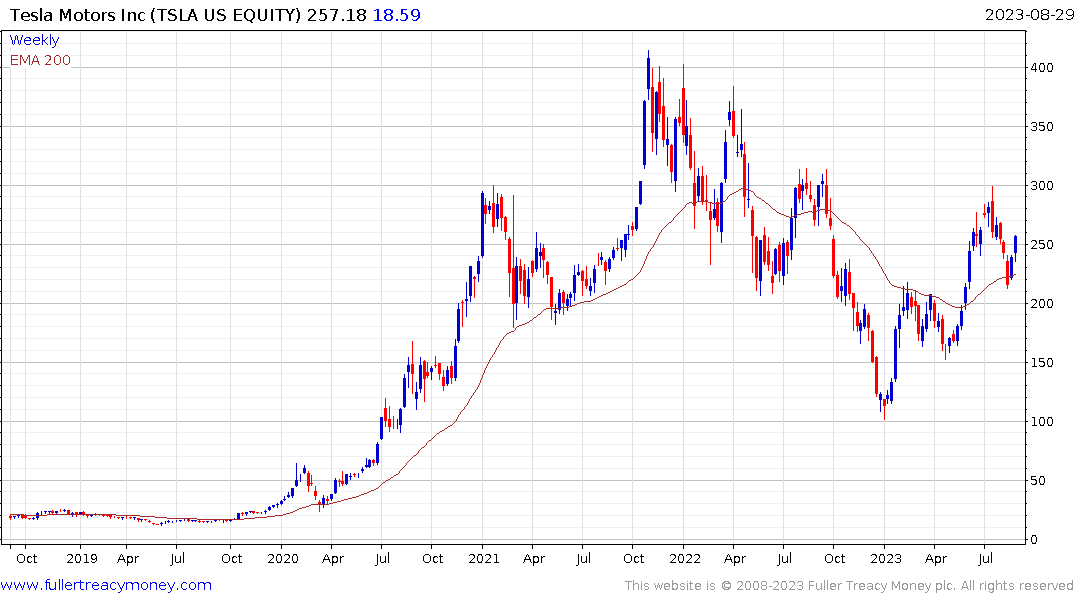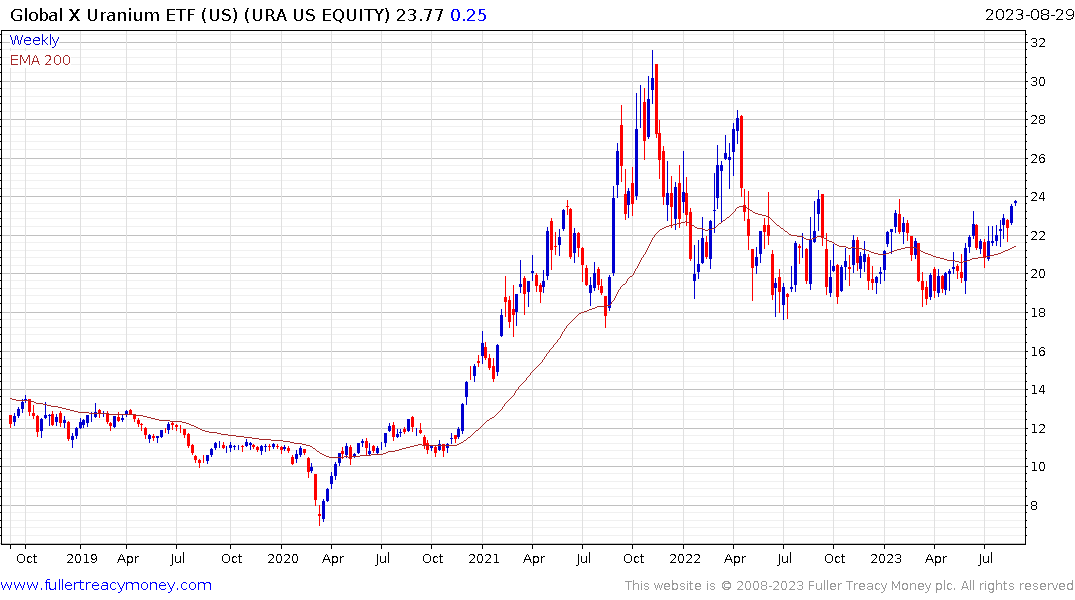London's Emissions Zone Has Changed Air Pollution Policy Forever
This article from Bloomberg may be of interest. Here is a section:
The drivers most likely to be stung by the ULEZ expansion are commercial van owners. Unlike cars, the van market is still dominated by diesel — more than 90% of vans are diesel-fueled. Data suggests that just under half of vans registered to addresses in the outer boroughs of the city are not ULEZ compliant, though the mayor’s office disputes the relevance of this data, arguing that many of those vehicles are not actually driven in London. It uses data collected from road-monitoring cameras, which suggests 80% of vans are ULEZ compliant.
Some small business groups have raised opposition to an extra charge on vans, citing the financial burdens this can create for their business. In response to concerns, Khan expanded a vehicle scrappage scheme, once only available to a limited number of recipients, to all drivers of non-compliant vehicles. Still, this only covers those people living in London and not those on the borders who may need to commute into the capital daily.
I was living in Zone 1 when the congestion zone was introduced. We bought our first car just before my daughter was born and I was penalized for late payment 3 times in a week as I shuttled back and forth to the maternity ward.
Living inside the congestion zone was a stressful experience. I found it difficult to figure out when I was about to cross a toll barrier. I was unfamiliar with driving in the city and its one-way systems even though I had been living in London for five years at the time. I expect many people living in the new, expanded low emissions zones will have a similar experience. I felt like I was being robbed every time I sat in my car.
How do you increase demand for electric vehicles? The hard answer is make the use case so impressive, the decision to transition is not even a question. We are nowhere near that point today. Therefore the easy answer is to make using conventional solutions so difficult that consumers have no choice but to transition.
Rolling out the low emissions zone to greater London, where car ownership is more of a necessity, is rapidly becoming a political football. The undeniable reality is diesel vehicles are fuel efficient, require little maintenance and last for a long time.
EVs have range issues, maintenance is less expensive, but repairs tend to be more expensive, and battery longevity deteriorates over time. That’s true even if newer models last longer. That implies the transition requires a step down in living standards. That will be true until there is a significant step change in battery technology.
This report from sciencedirect.com confirms the manufacturing process for EVs is more carbon intense than for internal combustion engine vehicles but the carbon emission differences are sufficient to compensate for that over the total life of the vehicle.

Tesla’s greatest success is in building cars people aspire to drive. It is quite likely the Cybertruck will be the company’s most successful seller and the share is rebounding in anticipation of that.
 I remain strongly of the view that the only way to decarbonize electricity supply while sustaining base load is with nuclear energy. The Global X Uranium ETF continues to extend is recovery.
I remain strongly of the view that the only way to decarbonize electricity supply while sustaining base load is with nuclear energy. The Global X Uranium ETF continues to extend is recovery.


